(This review contains spoilers)
The end of October is usually seen as a time of change; the changing leaves signify the end of bright summers and fall festivities that give way to dark and chilly winters. Halloween is not only a holiday meant for celebrating terror and the macabre, but it is also one of the last moments before winter shuts us in for good.
One of the most enduring fears is that of isolation. It is a natural human instinct to prefer groups, for they represent safety from the forces of nature. To be alone is to be most vulnerable; and it is when our vulnerability is at its most extreme that the horror film genre truly flourishes. This point is where the 1982 John Carpenter film “The Thing” can be found.
The film follows a group of researchers stationed at a distant outpost in Antarctica, far from outside help. Their relative peace is infringed upon by a shapeshifting alien whose only goal is to annihilate the crew. From a technical standpoint, the design and effects from Makeup Artist Rob Bottin were revolutionary — employing animatronics, puppets, makeup and prosthetics to make an otherworldly creature feel natural and lifelike. Even four decades later the uncanniness and grotesqueness of the thing could not be replicated with computer-generated imagery in the same way practical effects do.
The thing calls back to a time before humans were the dominant species, and we could not overcome animals so easily. At some point, humans did become smarter than all other creatures, but “The Thing” supposes an enemy that is so much smarter than man that we no longer understand how it works or what it wants. When we gaze into space, as much terror should fill us as wonder does, for out there somewhere could be the next step in our evolution: one that might acknowledge us as we acknowledge the animals below us on the food chain.
However, what makes the thing so frightening is its intelligence. Throughout the movie, the thought that the enemy could be any one of the researchers sows paranoia and mistrust within the group. Rather than being an unstoppable force rampaging towards its prey like so many slasher villains are, the thing is strategic, waiting to assimilate into the group by posing as a fellow researcher before it strikes. The idea that any one of the characters could be lying about who they are adds a layer of suspense, and the ways in which the researchers cope with this thought exemplifies how humans behave in real life.
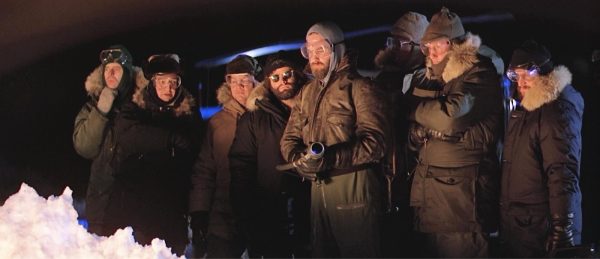
The Antarctic base acts as a microcosm for group dynamics; many times characters segregate themselves in order to feel safer (never to any avail). One character who is suspected of being the alien in disguise is locked far away in a cabin where he must rot alone. Another innocent character is shot when he tries to lash out at the others for believing one of them is dishonest. Someone new always begins isolated or divided because of the other characters’ paranoia, and thus inadvertently harmed or killed. Only the protagonist MacReady is free from this mentality. Grimly, he employs a scorched-earth policy when it comes to his fellow men; they are all guilty, and he is one wrong move away from killing them.
Although he is the hero of the movie, MacReady is decidedly unheroic. He survives the longest solely because he is the most mistrustful, and throughout the movie he continuously uses crude and unbecoming tactics to ward off his enemy. For example, at the height of his mania MacReady straps sticks of dynamite to his chest and threatens to blow himself up if he is attacked at any point. By portraying its hero as a loner, Carpenter provides the audience with a bleak outlook on the nature of survival; MacReady chooses neither to take a side nor get involved with semantics. For what is the point of a group at all if death is certain? To MacReady, friends are only valueless impediments.
Perhaps that is why the ending of the film is so bleak. MacReady sits outside the smoldering remains of the base, slowly freezing to death. Across from him sits Childs, the only other surviving researcher. Neither makes a move, either frozen from the weather or fear of the other. The scenario represents the endpoint of manic paranoia: everything burns, nothing is solved, and we are unable to continue. Has the hero actually won? For all we know the alien could still be out there. The only solace the audience gets is the fact that this whole incident was isolated far, far away from us, and this terrible creature probably cannot escape the cold wasteland. But it did its job. For the greatest enemy within “The Thing” was not the thing itself, but the paralyzing feelings of paranoia it carried with it.



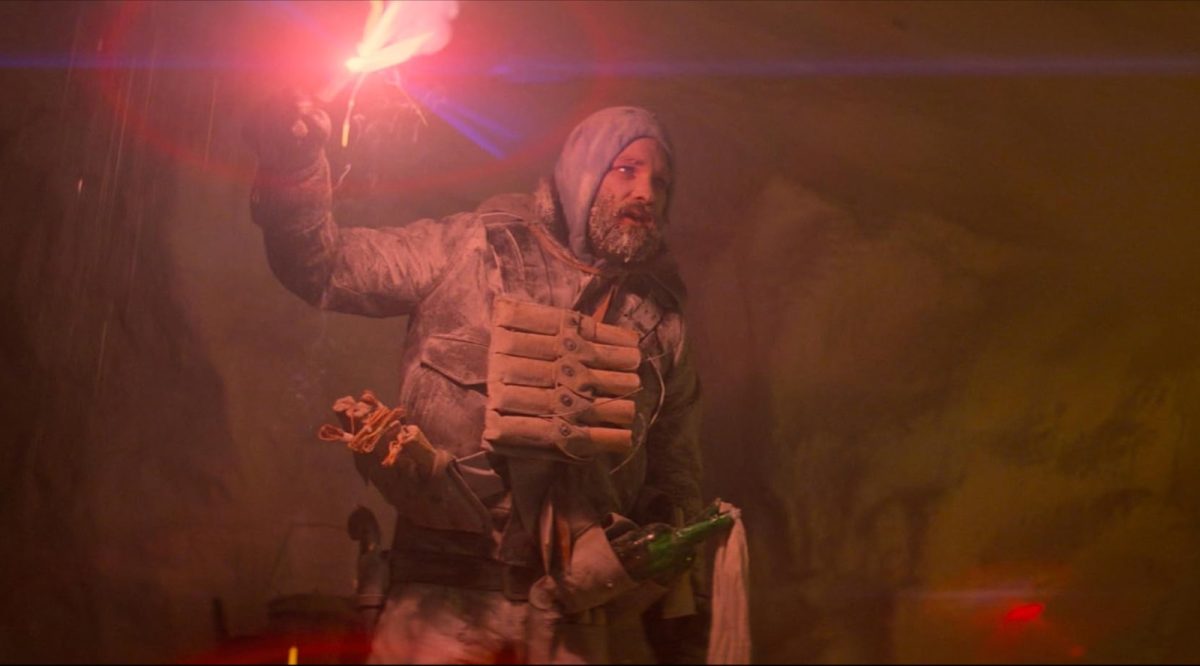





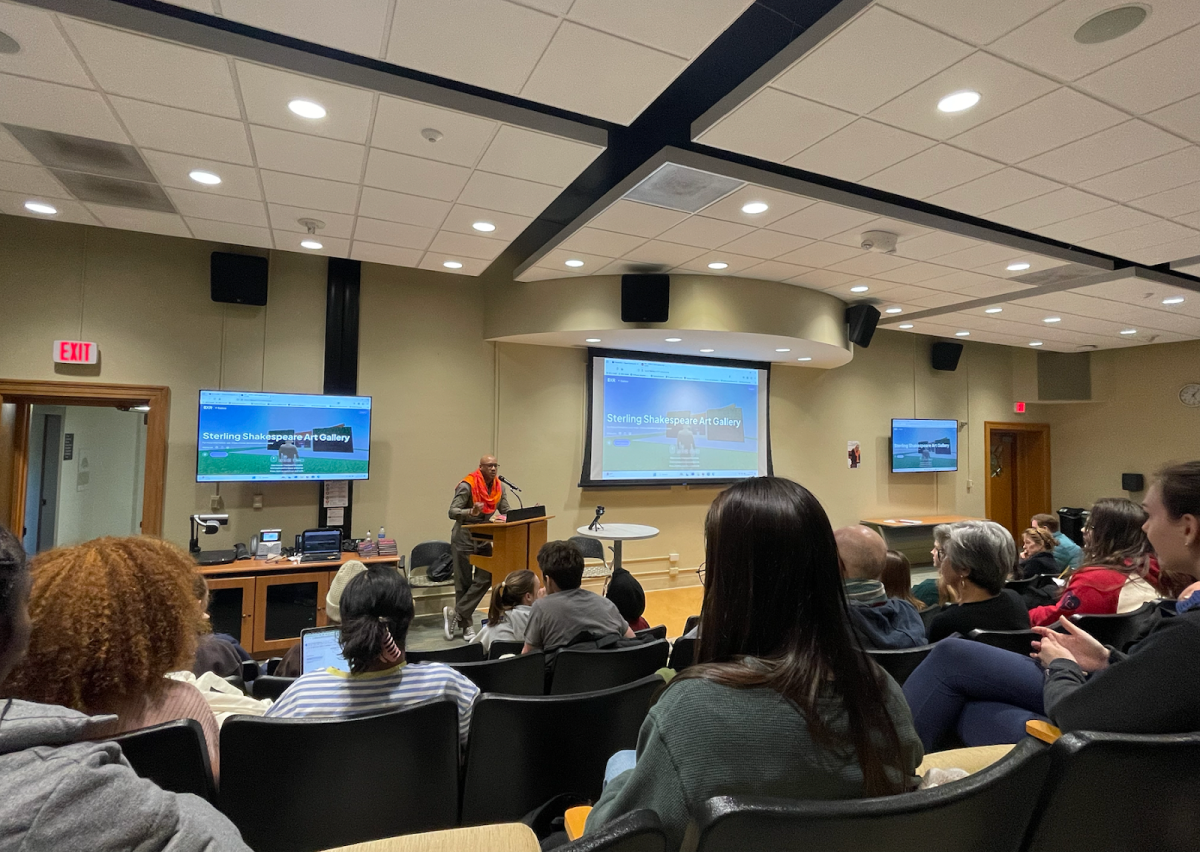


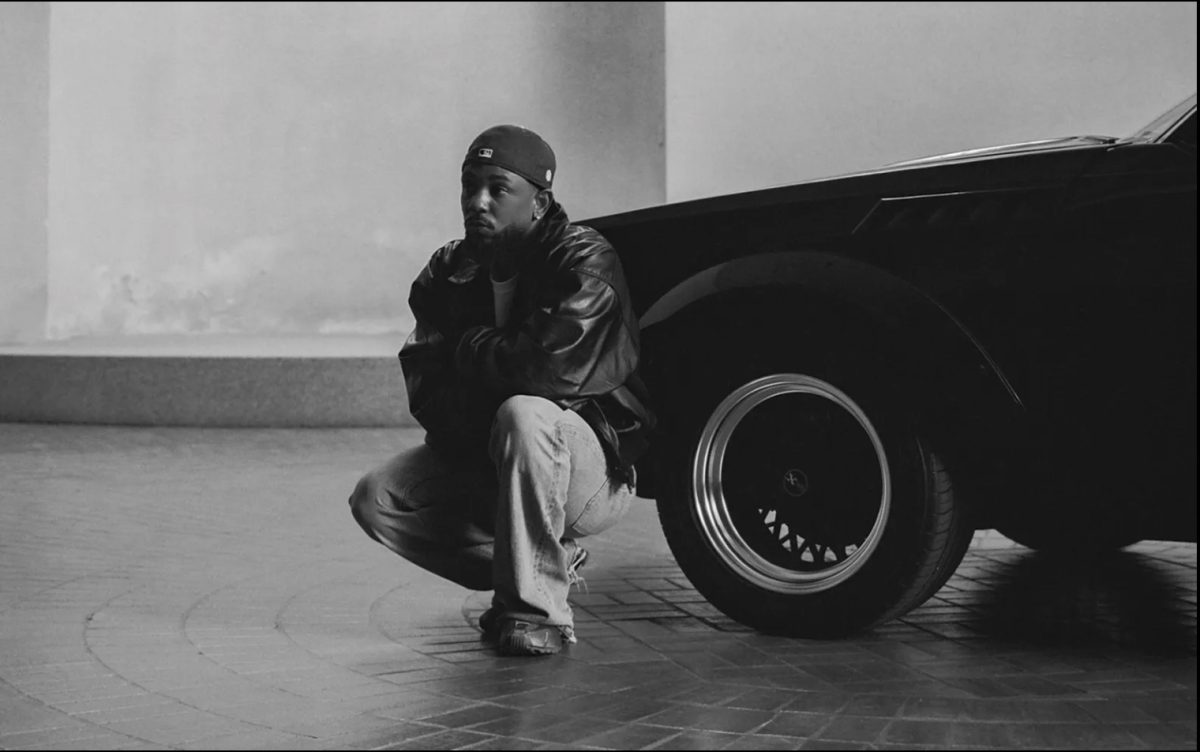
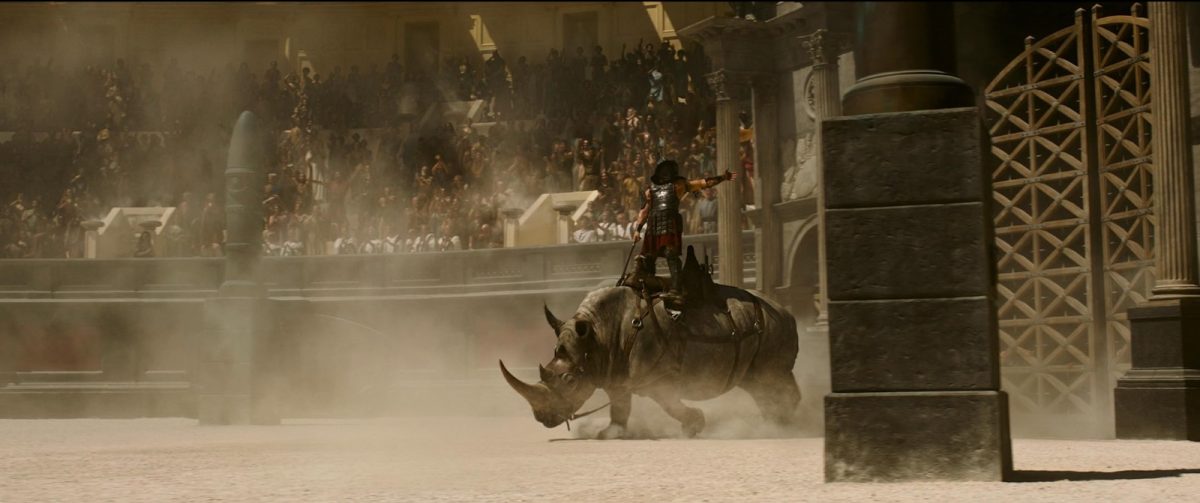
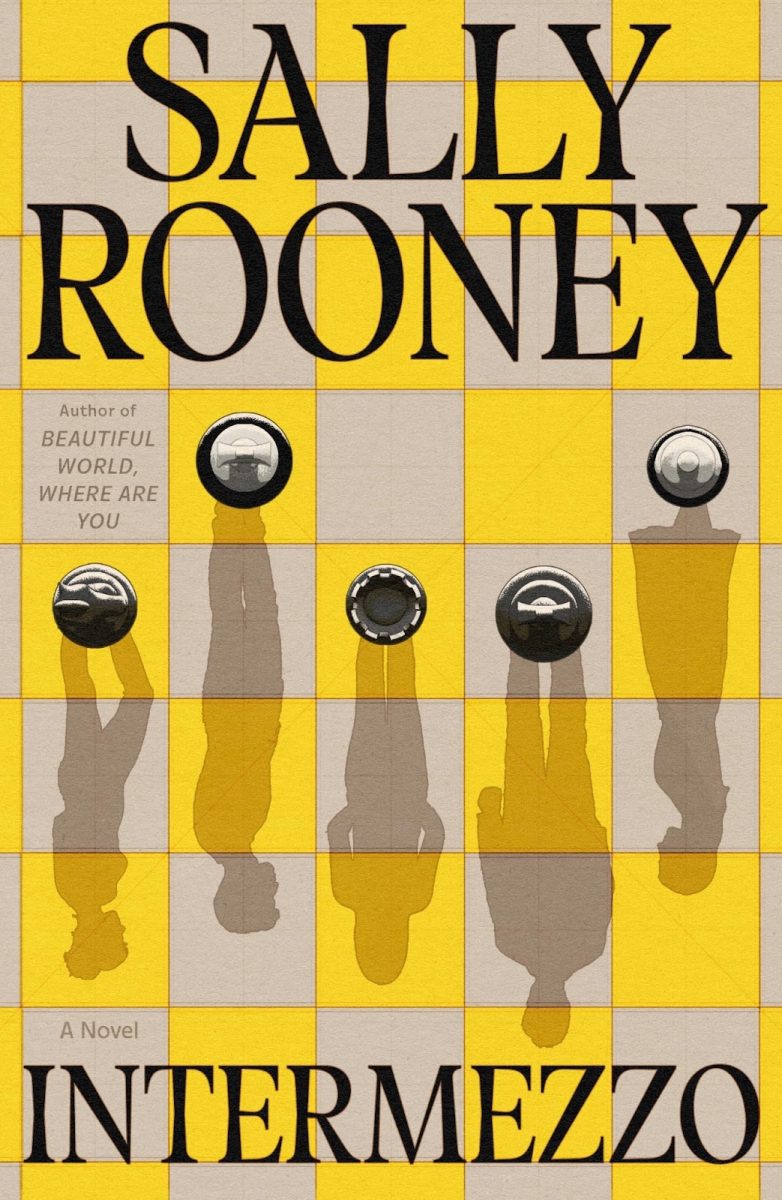
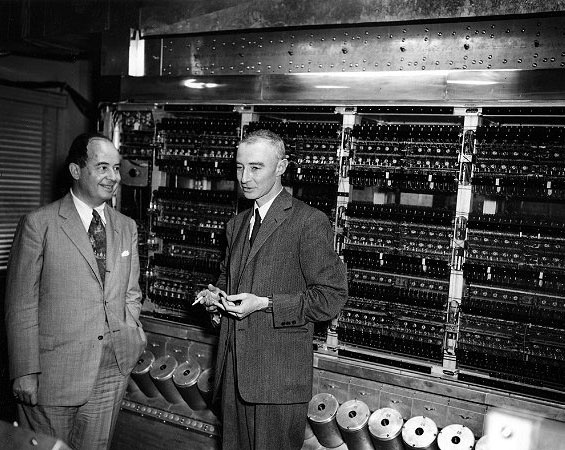
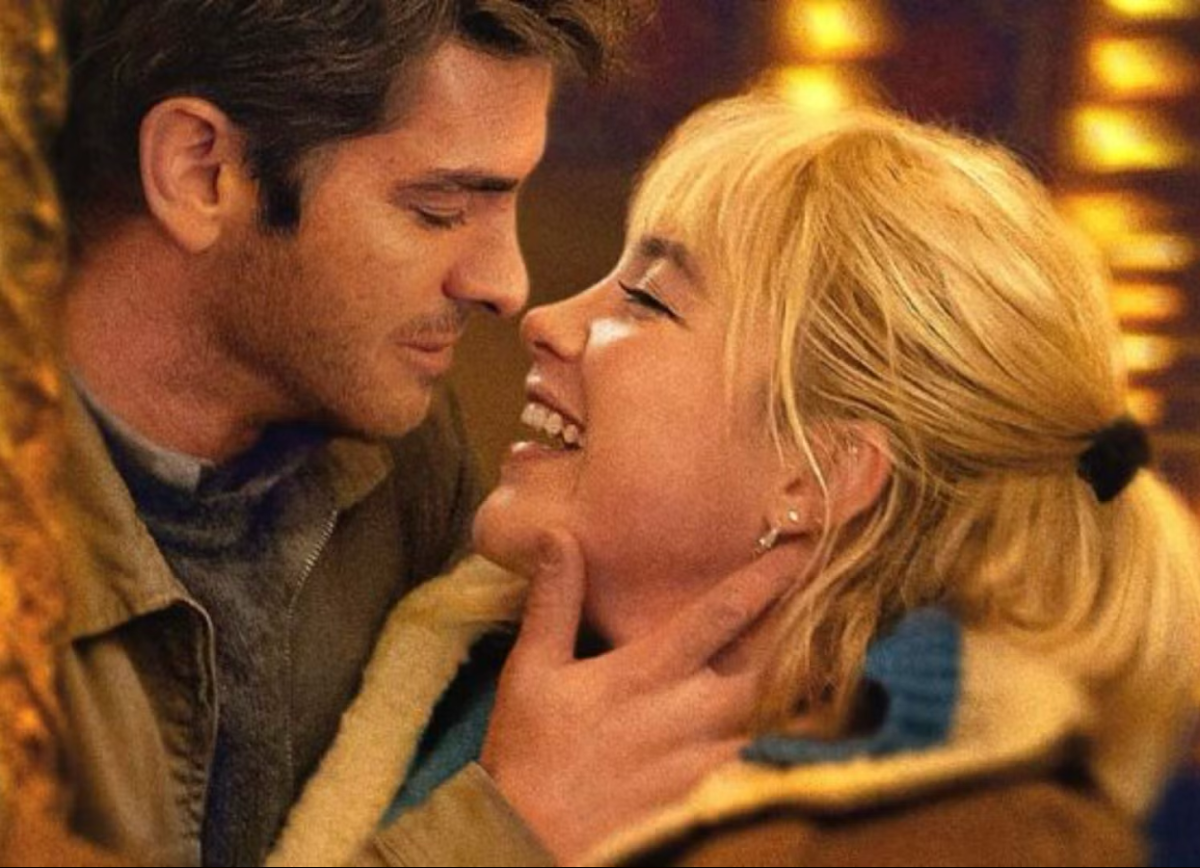
Jim Shertzer • Dec 24, 2024 at 11:57 am
A valid and interesting intrepretation of the final scene.
Jim Shertzer, OG&B movie critic 1963